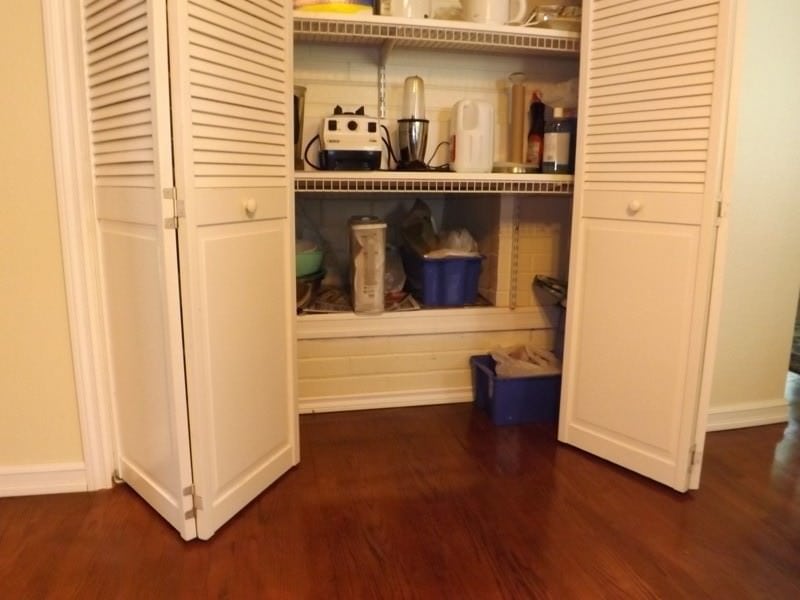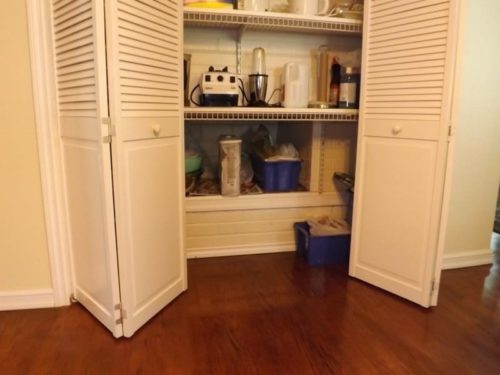
While there are some site considerations that happen around the home on the ground, the inspection process starts in earnest on the roof. If there is a chimney that extends through the roof, the chimney will be inspected at that time.
Here is a picture of a chimney on a recent inspection.
Of course I am checking the mortar joints, the condition of the mortar cap, looking for cracks, checking for loose bricks/stones and noting whether there are hats and spark arrestors/vermin screens or not. I am also interested in the condition of roof flashings and chimney counterflashings.
I am also looking down the flues–if there are not hats that prevent it–to see what I can tell about the condition of the flues. At this point I might note whether there is air movement indicative of dampers being open or missing. (Of course the smell of brownies cooking might be hint as well.) I could also see if there was debris or other encumbrances inside the flues–at least in the visible areas.
I am also counting flues. In the previous picture what can I tell? There appears to be a flue for the furnace (warm air was flowing out of that one and the smell of gas combustion products was noted)–that is the left one in the picture. From there I note that there are three other flues–indicating that I am going to have three fireplaces to check. Now they might be for wood stoves etc but I know there are going to be three places in the home where wood burning appliances or fireplaces are present.
In the home I readily found the basement family room fireplace, the upper living room fireplace—but the third fireplace had gone missing.
I did ultimately find it. In the context of the kitchen remodel it had been enclosed in a pantry closet. The fireplace was certainly no longer functional, as there was all manner of combustible materials installed around the opening and the hearth was covered over by the wood flooring. The damper was still functional, and “open,” so it was functioning to exhaust heat from the home on a year round basis.
The fire-box now makes a nice shelf for storage.
It is OK to abandon the fireplace–but it would be better if it was REALLY abandoned–closed up and sealed.
By Charles Buell, Real Estate Inspections in Seattle
If you enjoyed this post, and would like to get notices of new posts to my blog, please subscribe via email in the little box to the right. I promise NO spamming of your email! 🙂

